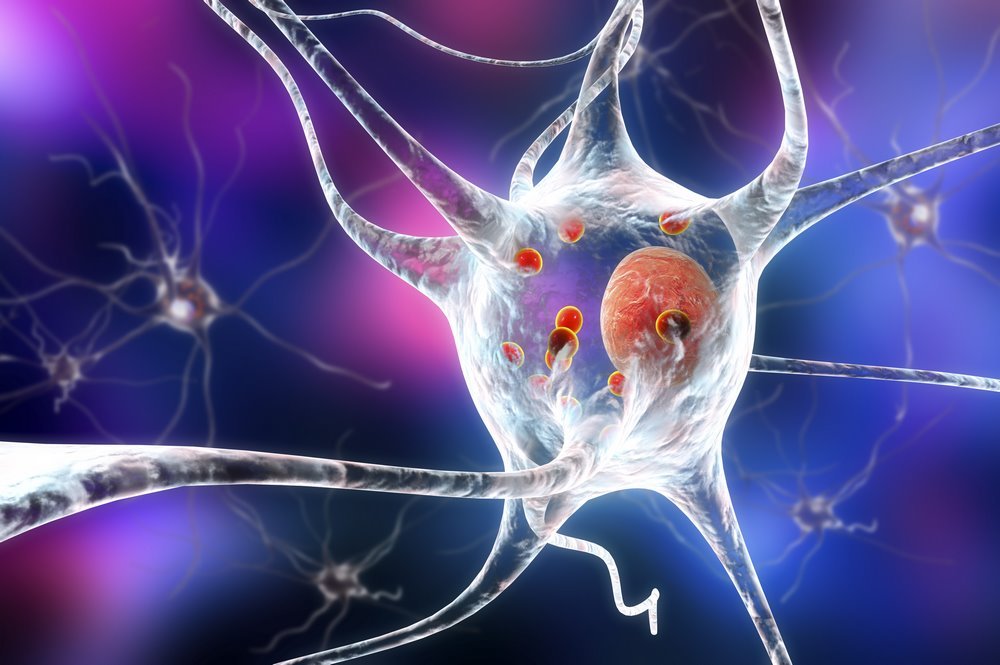Parkinson’s Disease Pathophysiology

The physiological association of Parkinson’s disease and the appearance of symptoms are a result of the potential loss of a number of neurotransmitters in the brain. The most notable loss is of dopamine. Symptoms get worse with time as there is more and more loss of nerve cells. Parkinson’s disease is an increasingly complex neurodegenerative disease with a set pattern of progression. There is solid evidence that supports the fact Parkinson’s disease first has an impact on the dorsal motor nuclei of the vagus nerve, olfactory bulbs, locus coeruleus and then eventually affects substantia nigra. The studies depict that the cortical areas of the brain suffer at the advanced stages of Parkinson’s disease. Damage occurring to several neuronal systems due to Parkinson’s disease explains the various pathophysiological changes that result in impairment to the motor system as well as neuropsychological and cognitive systems. [7]
